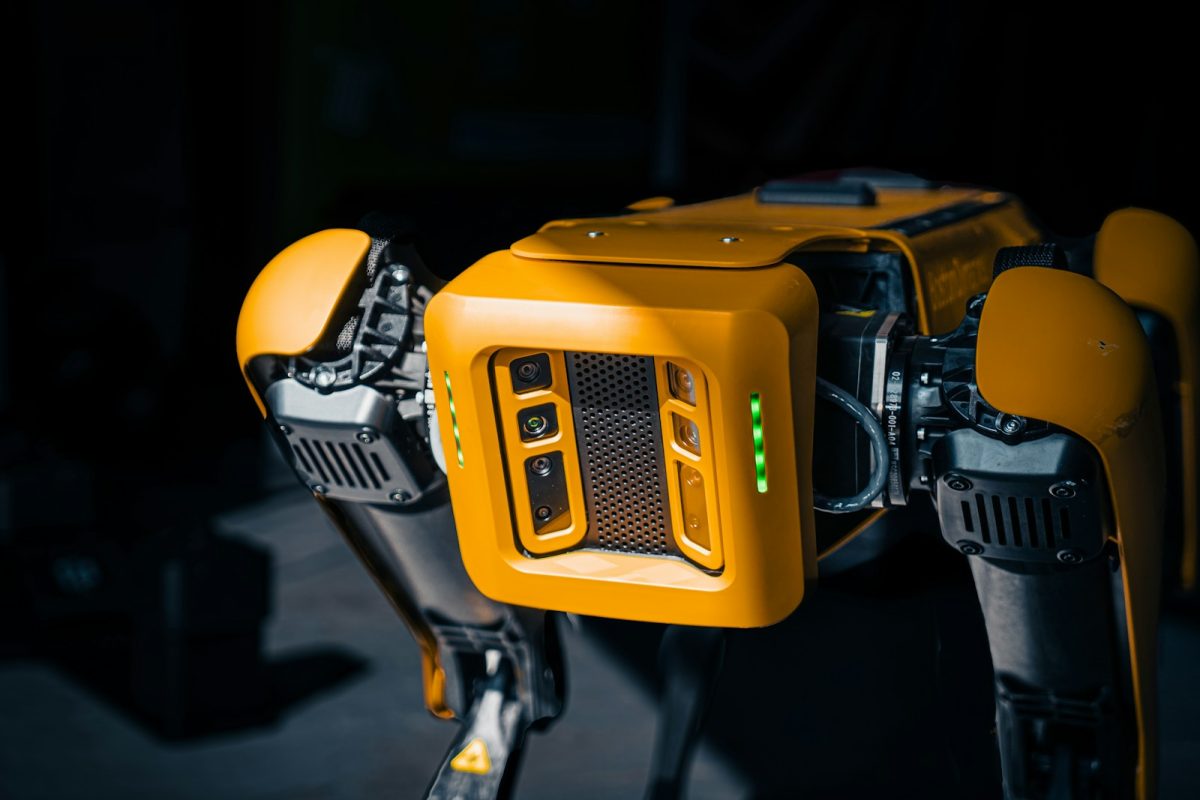On September 8th, 2023, BBC News published an article on how Spot the Dog, is now investigating Cold War testing sites for the National Trust organization. Before I can tell you about the testing sites, you are probably wondering. Who is Spot? Well, Spot the Dog is a robotic dog that was created by a company named Boston Dynamics and is used for many industries today. Spot the Dog was revealed to the public on June 23rd, 2016, and was released to the public on June 16th, 2020 for a price of 74,400. Spot is a very quick and agile robot which allows it to function on challenging terrain. Spot has a maximum speed of 3 miles per hour and can adjust its speed to perform actions like walking, crawling, sitting, etc. Spot has a length of 43.3 inches and a width of 19.7 inches and is 2 feet tall while standing but is only 7.5 inches tall while sitting. Spot can function in temperatures from -20°C (-4°F) to 45°C(113°F). Spot has a battery that you can take out and easily put back in place. The battery lasts 1 hour and 30 minutes and only takes 1 hour to charge. Spot has 2 payload ports which can allow you to give him equipment, like an arm, cameras, sensors, etc. Spots payload ports can carry up to 14kg (30.9 lbs) and are a great addition to the robot. Spot uses an API (Application programming interface) called Scout where you can control Spot, adjust his settings, inspect data, and so much more. Spot is controlled by a tablet which is very easy to use compared to other robots. Boston Dynamics has made other robots in the past. Their first robot is called Bigdog which was used to help soldiers in areas that were too bumpy for vehicles. Another robot they made is Atlas which is a human-like robot that has some incredible capabilities.
Now that you know about Spot I want to tell you about the testing sites. these buildings are called pagodas and were built in the 1960s. The pagodas were 2 of the 6 buildings used to do tests on the atomic bomb during the Cold War. The buildings were closed because of safety reasons so people can’t see what it looks like inside the building. Spot was sent in so the National Trust could get a survey without putting people’s lives in harm’s way. The robot’s operator Colin Evison, said the aim is to capture the building’s “size and geometry”. In the pagodas, no nuclear material was involved but the buildings had a shingle top to absorb an explosion if it happened. Russell Clement, the National Trust’s manager for Suffolk and Essex Coastal, said accessing the area was “a bit of a headscratcher” and that “we want to know how to record them and here we are we had this amazing, cutting-edge technological solution.” Now tourists and visitors will be able to see what is inside these buildings thanks to the team behind this analysis.
Related Stories
https://www.bbc.com/news/uk-england-suffolk-66743327
https://www.iotworldtoday.com/robotics/boston-dynamics-spot-the-design-behind-the-robot-dog
https://bostondynamics.com/products/spot/
https://en.wikipedia.org/wiki/Boston_Dynamics#Spot
https://history-computer.com/boston-dynamics-guide
Take Action
You can buy a consumer model here for under 20,000



